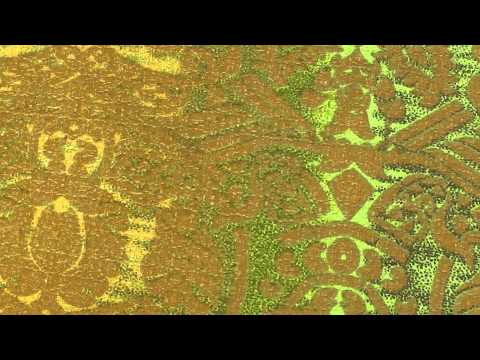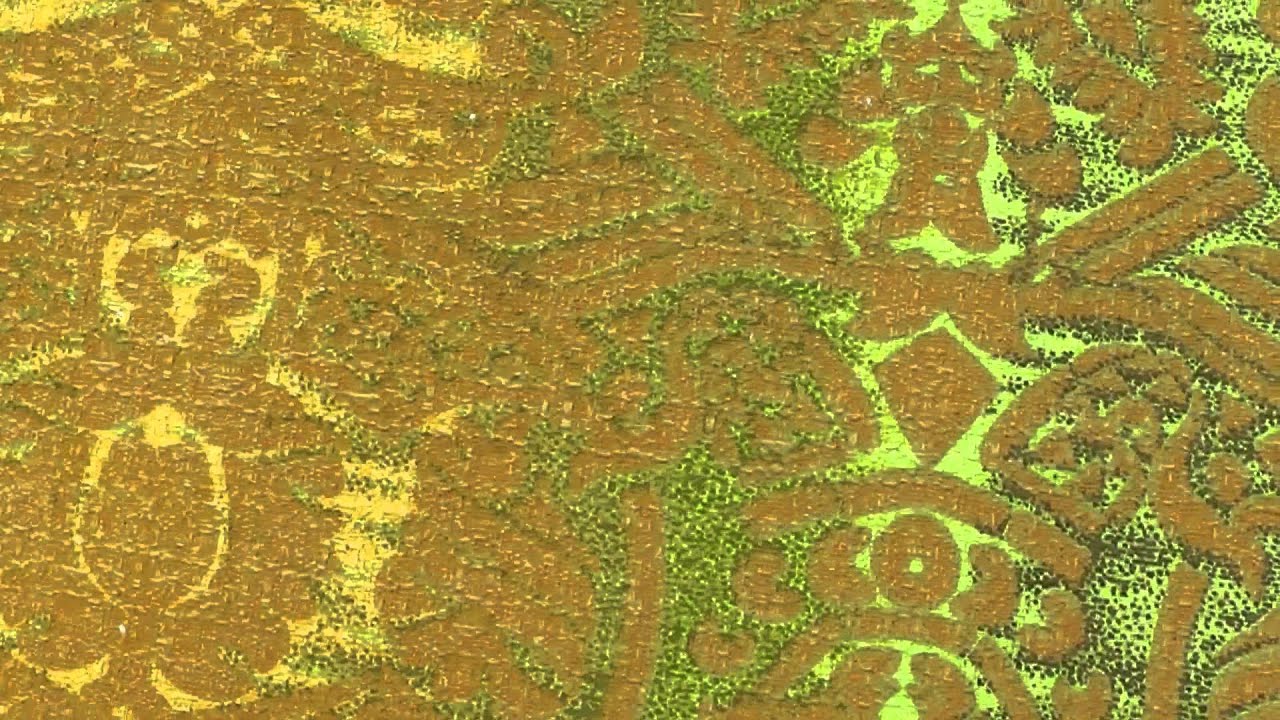Barkcloth fabric by the yard is a truly unique and captivating textile that is sure to pique your interest. With its rich history and luxurious feel, this fabric offers a combination of beauty and durability that is hard to find elsewhere. Made from the inner bark of certain trees, barkcloth is crafted using traditional methods passed down through generations. Its intricate weaving process results in a fabric that is both soft to the touch and visually stunning.
This fabric by the yard allows you the freedom to create and design your own masterpiece. Whether you envision a stunning drapery, a one-of-a-kind upholstery project, or even a fashion-forward dress, the possibilities are endless. Its versatility ensures that it will complement any style, whether you prefer a modern, minimalist look or a more traditional aesthetic.
Not only is barkcloth a feast for the eyes, but it also boasts incredible durability. Its tightly woven fibers make it resistant to wear and tear, ensuring that your creations will stand the test of time. Additionally, this fabric is eco-friendly, as it is sourced from sustainable materials and produced using environmentally conscious methods.
Indulge in the beauty and charm of barkcloth fabric by the yard. Elevate your home decor or fashion designs with this exquisite textile that combines history, elegance, and sustainability. Create something truly extraordinary with this exceptional fabric today.

The History of Barkcloth Fabric
Barkcloth fabric is a unique and fascinating material that has been used by cultures around the world for centuries. Derived from the inner bark of certain trees, this versatile fabric has a rich history and offers a wide range of uses. In this article, we will explore the origins, production, and uses of barkcloth fabric, as well as its current availability by the yard.
Origins and Production
Barkcloth is believed to have originated in Africa thousands of years ago. The inner bark of certain trees, such as the mulberry or fig, is harvested and processed to create the fabric. The process involves stripping the bark from the tree, soaking it in water, and then beating it with wooden mallets to soften and flatten it.
The resulting cloth has a unique texture, similar to that of woven fabric, and can vary in thickness depending on the type of tree and the specific production methods used. Traditionally, the production of barkcloth was a labor-intensive process that required skilled artisans to create the fabric.
Traditional Uses
Throughout history, barkcloth fabric has been used for a wide range of purposes. In many African cultures, it was used to create clothing, such as skirts, dresses, and loin cloths. The fabric was also used to make bedding, curtains, and wall hangings.
In other parts of the world, such as the Pacific Islands, barkcloth was used for ceremonial purposes. In Samoa, for example, the fabric was used to create tapa cloth, which was highly valued and often used as a form of currency. Barkcloth was also used to make masks, bags, and other decorative items.
Modern Applications
While the traditional uses of barkcloth fabric still exist today, it has also found its way into modern fashion and interior design. Designers and artisans have recognized the unique qualities of barkcloth and have incorporated it into their creations.
One of the main advantages of barkcloth fabric is its durability. The natural fibers and dense texture make it resistant to tearing and damage, making it ideal for upholstery and home furnishings. Its unique texture also adds a touch of warmth and character to any space.
Barkcloth fabric is also a sustainable choice. The production process requires minimal resources and does not involve the use of harmful chemicals. Additionally, the trees used to produce barkcloth are typically fast-growing and easily renewable.
Barkcloth Fabric by the Yard
With its increasing popularity, barkcloth fabric is now available by the yard for those who wish to incorporate it into their own projects. Whether you are a DIY enthusiast or a professional designer, purchasing barkcloth fabric by the yard allows you the freedom to create custom pieces.
When purchasing barkcloth fabric, it is important to consider the specific qualities you desire. The thickness, texture, and color of the fabric can vary depending on the type of tree and production methods used. It is also worth noting that barkcloth fabric may require special care and cleaning methods, so be sure to check the manufacturer’s instructions.
In conclusion, barkcloth fabric is a fascinating and versatile material with a rich history and wide range of uses. From its origins in Africa to its modern applications in fashion and interior design, barkcloth fabric continues to captivate and inspire. Whether you are interested in its traditional uses or want to incorporate it into your own creations, barkcloth fabric by the yard offers endless possibilities.
“Barkcloth: Unleashing the 1960s Nouveau Revolution”
Video Source : Vanessa Jennings
Barkcloth Fabric by the Yard
Barkcloth Fabric by the Yard
Barkcloth fabric is a unique and fascinating textile with a rich history and versatile applications. Made from the inner bark of certain trees, this fabric has been utilized by various cultures around the world for centuries. In this table, we will explore some interesting information about barkcloth fabric by the yard.
| Characteristics | Benefits | Applications |
|---|---|---|
| Barkcloth fabric has a distinctive textured appearance, resembling the rough surface of tree bark. | – Provides a natural and rustic feel to any project. – Adds visual interest and unique texture to garments, home decor, and crafts. – Offers a tactile experience due to its slightly rough texture. |
– Apparel: Ideal for creating bohemian-style clothing, including skirts, dresses, and jackets. – Home Decor: Perfect for making curtains, upholstery, pillow covers, and wall hangings. – Crafts: Suitable for a range of craft projects such as bags, accessories, and quilting. |
| Barkcloth fabric is highly durable and long-lasting. | – Ensures the longevity of products made with this fabric, reducing the need for frequent replacements. – Can withstand regular wear and tear, making it suitable for upholstery and upholstery-like applications. – Resists fading and maintains its vibrant colors even after prolonged use. |
– Upholstery: Perfect for covering furniture pieces, armchairs, and cushions due to its durability. – Outdoor Use: Weather-resistant properties make it suitable for patio cushions, outdoor pillows, and sunshades. – Bags and Accessories: Creates sturdy and fashionable bags, purses, and wallets. |
| Barkcloth fabric is eco-friendly and sustainable. | – Made from renewable resources, as it is derived from the inner bark of trees. – Requires minimal energy and water consumption during the manufacturing process. – Biodegradable, ensuring a smaller environmental footprint compared to synthetic fabrics. |
– Eco-Friendly Fashion: Used by sustainable fashion designers to create ethical and environmentally-friendly clothing. – Home Textiles: Provides an eco-conscious option for those seeking sustainable home decor solutions. – Green Interior Design: Ideal for eco-friendly interior design projects, including curtains, wall coverings, and upholstery. |
By understanding the characteristics, benefits, and applications of barkcloth fabric, you can explore its potential in various creative projects. Whether you’re a fashion enthusiast, interior designer, or craft lover, barkcloth fabric offers a unique and sustainable choice for your textile needs.

